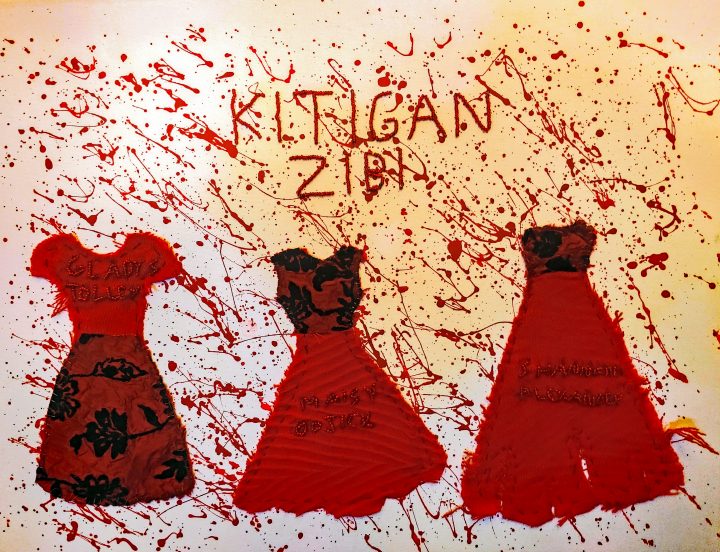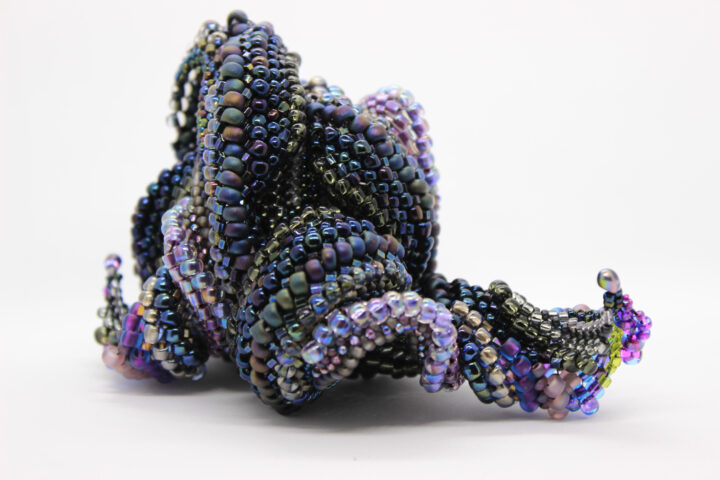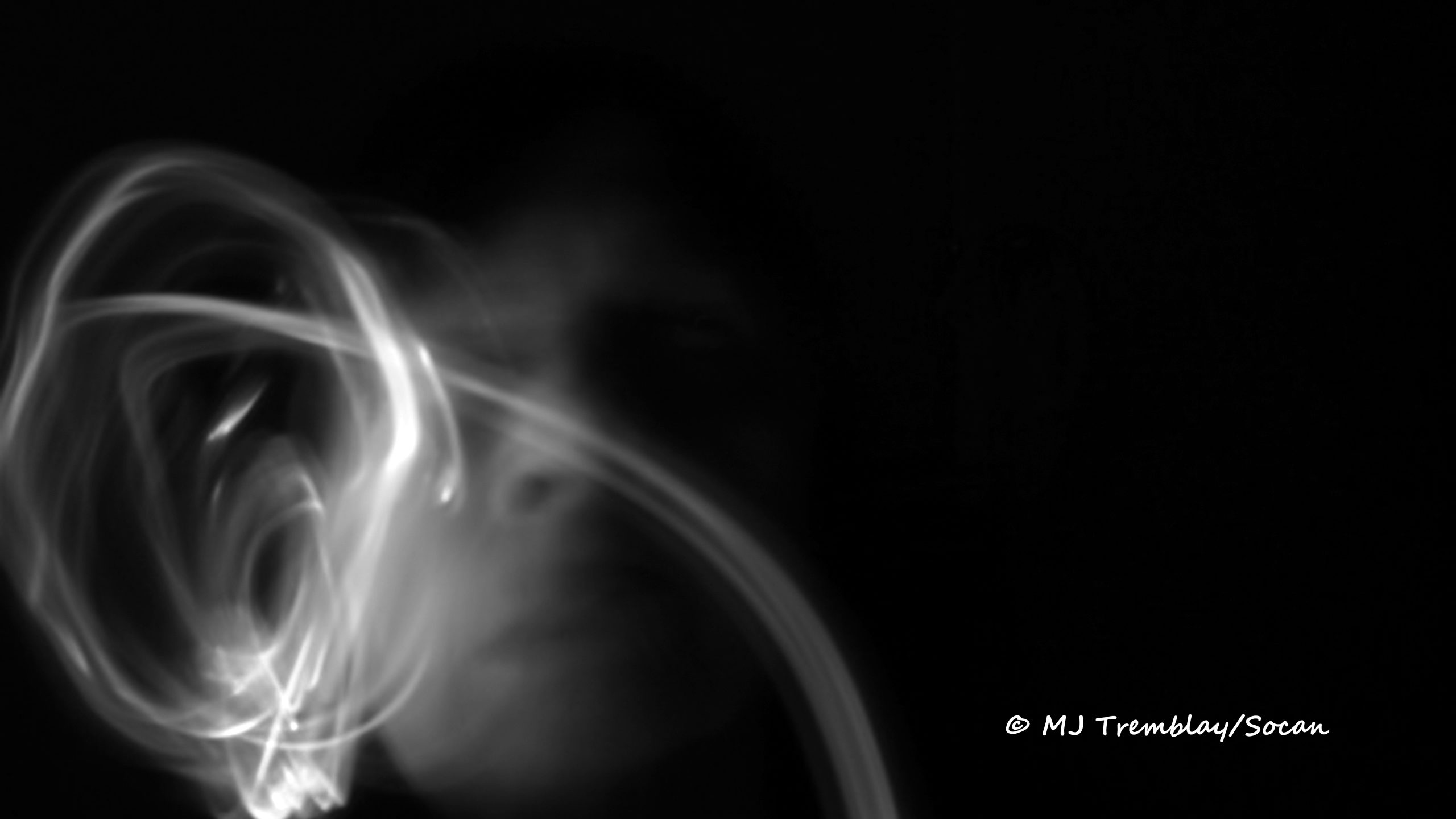My Ghosts Roam This Land
Under your
feet
crunch
our bones
you roll
up our
children
into cigarettes
and force
us to
choke
on the
fumes
our dead
crumbled
to ash
rivers
of concrete
overlaid
with
electrical
currents
fed into
trees
of stone
monuments
erected to
destruction
in every
institution
the spirit
of injustice
is preserved
because
they eat
our
people
and
turn them
into ghosts
LOVE SONG
Film credits: Written and directed by Craig Commanda and Marjan Verstaapen (Bawaadan Collective) / Narration: Craig Commanda performing his poem “The Ceremony”
River of Time
With movement of water
comes the movement
of people
comes the movement of blood
ginawaydaganuc
what does it
mean to hold
a rock
against the sands
of time?
our ancestors
are the grains
of sand
each a universal
microcosm
same
yet
different
the right
to exist
cannot be
unjustified
our ears
must be
the mouths
by which
we
talk
Face
the rapids
instead of
facing backwards
to the calm
paddle
towards
the sun
together
there
are
no number
of paddle
strokes
that exist
that will
reach the
mouth of the
river
only
then
next
bank
footsteps
faded
We trace
our growth
on the trail
left by
those
who lived
and
guided
by those
who
died
with
the light
that
glints
amongst
the shadows
lit
by
the embers
left behind
the torches
must be
lit
lest
we
be taken
by cold
I am
because
we are
one
river
with
many
under
currents
with more
than
enough
to share
and
always
have
enough
to
give
to those
who
are
thirsty
mino
pimadiziwin
Macrocosmic
Film credits: Written and directed by Craig Commanda / Translation into Anishinaabemowin by Joan Commanda Tenasco / Music and narration by Craig Commanda / Collaboration with Wapikoni Mobile team
Note: Macrocosmic is being programmed for the Experiments in Cinema film festival in April 2021 in Santa Fe, New Mexico. It will also feature a publication of Craig’s art and poetry.
Call and Response
Film credits: Written and directed by Craig Commanda / Musicians: René Racine, Craig Commanda / Original Music: René Racine, Craig Commanda / Collaboration with Wapikoni Mobile team
“The Code”
This project is a bead woven flat peyote stitch tapestry. It measures 11 cm x 10.5 cm, using black and white matte Miyuki cylinder beads in size 11, along with Berkeley’s Fireline 6lb thread. The tapestry is a QR code that links to a poem I wrote called “Circles,” which can be accessed by scanning the QR code. This poem is about how the threads of knowledge and culture that are normally passed down from generation to generation are summarily cut and shredded by the evils of colonialism, and how we continue to survive, in spite of their attempts to erase us with their holocausts, cultural and otherwise.
The idea for this project came about when I started to think about how I could use my newfound abilities as a bead weaver to inform my academic learning. I have long been interested in Indigenous languages, particularly my own, from my cultural background as an Anishinaabe person. I settled on the idea of using a QR code after I thought about using something digitally transmittable as a tool to preserve, revitalize, and transmit language, especially when trying to protect vulnerable Indigenous languages. How can digital tools be utilized with mino pimaadiziwin, or in a good way to help us? What are the ethical concerns with bringing Indigenous languages into cyberspace? What do we lose and what do we gain during this process of transference?
I couldn’t help but think of the process I was in as reminiscent of the wampum belts of old, held by Anishinaabe and Haudenesaunee peoples, belts that my ancestors held. These belts, or living documents, are older than the country of Canada, and document the original agreements between them and the early colonialists on how to respect one another and to work together. There are codes embedded into beadwork and weaving among many Indigenous nations. How does this traditional practice now intersect with new technological innovations of the modern day? In order to answer this question, I wrote my poem and made it the piece that the QR code links to. I liken it to the original QR code that is the wampum belts, and how they can be interpreted to figure out their true meaning and messages.
This also coincides with different Anishinaabeg communities and nations all having different styles of motifs that distinguish them from one another, and expands outward into how other Indigenous nations communicate and assert themselves in the world. There is a parallel here as well, with the patterns that would be woven into the hair of black slaves. These patterns would tell those people who knew what they really meant where to go. It was a fascinating use of hair as a medium of communications. Whether it’s hair or beads, interpreting patterns is and continues to be tied intimately to survival. This work continues this same vein of thought in the technological age we currently live in.
I made this piece to provoke questions about Indigenous language survivability, in an age where the bricks and mortar of technological infrastructure are missing the Indigenous voice. How Indigenous people see the world is coded in our Indigenous languages, including our values and knowledge. How can Indigenous people grasp the tools of the future to secure our present, while also relying on ancestral knowledge to guide us?

“We Remember” © Craig Commanda, 2019
Fabric, paint and beads on canvas
16 x 20 inches
This painting is a tribute to the Missing and Murdered Indigenous Women (MMIW) from my community, Kitigan Zibi.
For more on Craig Commanda’s films, see Wakiponi. For his bead art, paintings and photographs, visit CraigCommandaCreations on Instagram. For his memes, go to thehotbannockgrease.














